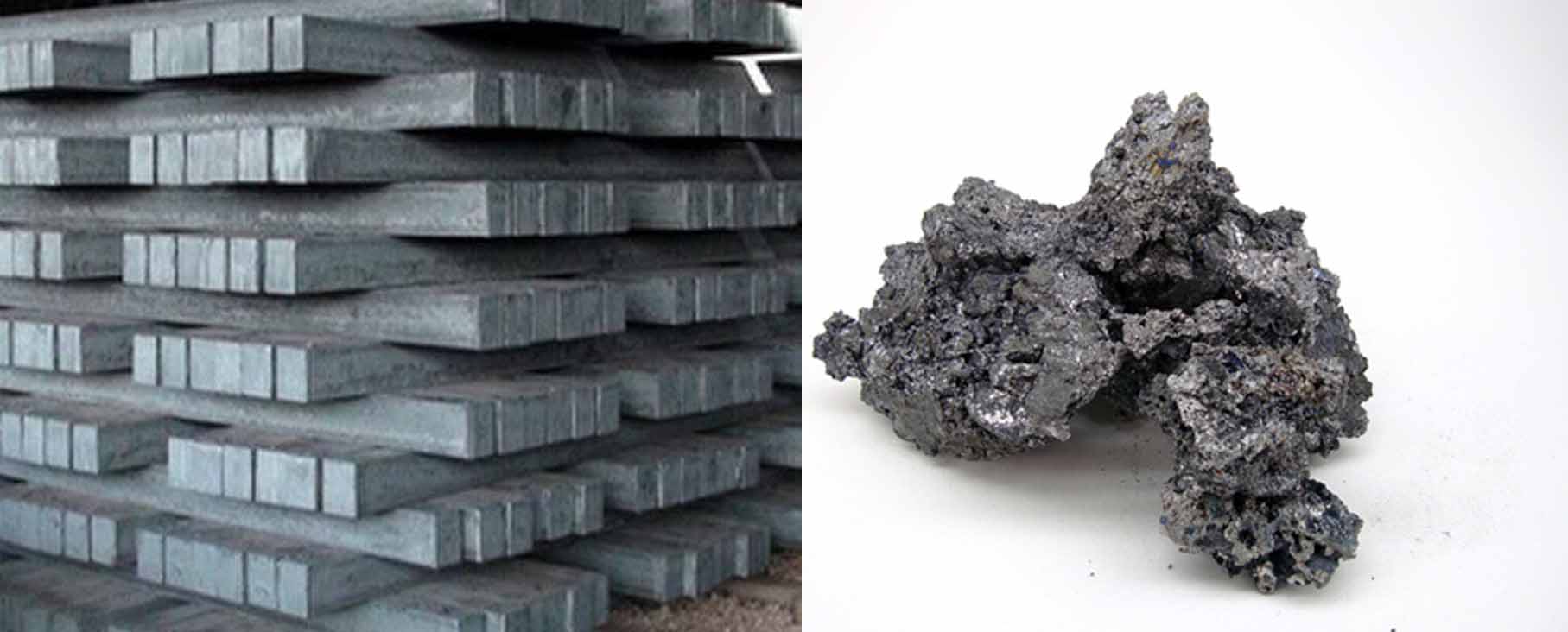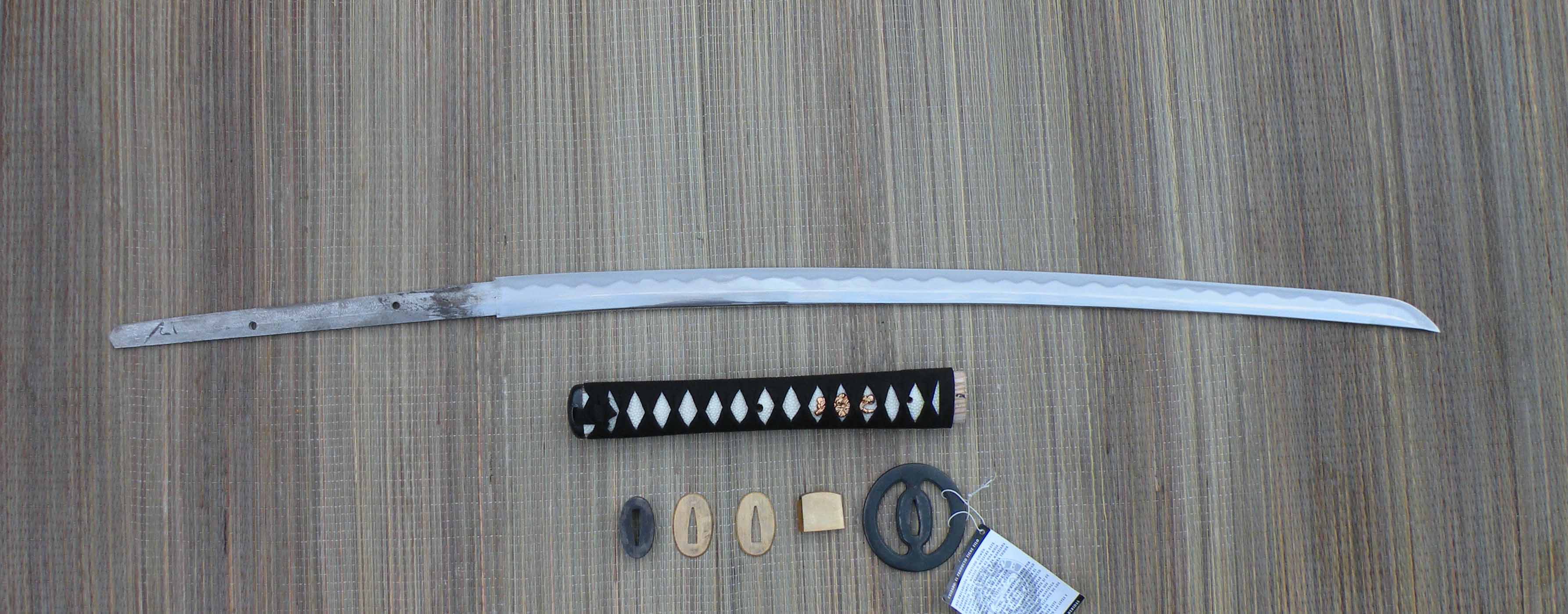Buying a Sword
You are planning to buy a sword but do not see the forest for the trees. What exactly should you look out for if you want to purchase a sword?
It is important to know that most sword shops use terms such as "battle-ready swords" without even realizing what this actually means. Personally I find this dangerous too, if someone starts using a Wall-hanger for chopping and cutting exercises, the consequences cannot be foreseen.
The topics discussed here apply to all swords, so both samurai swords, Chinese swords and European swords.
There are a number of basic aspects that you should pay attention to if you want to buy a qualitative and functional sword.
It naturally starts with the blade of the sword. This must be forged from steel. A real sharp and battle-ready sword is ALWAYS forged from carbon steel.
Swords of stainless steel (stainless steel) are NOT suitable for use with tameshigiri (chopping and cutting exercises). Iaitos of tempered stainless steel are suitable for training but also not for tameshigiri. Stainless steel is too soft and you cannot get a real sharp cut that is suitable for hitting hard objects.
Most swords are made of a steel that you can place in the AISI (American Iron and Steel Institute). A classification that they use there is the
• Low Carbon Steels
• Medium Carbon Steels
• High Carbon Steels
Of these, the High Carbon Steels are very suitable for a battle-ready sword, this is an HCS for short. Steel is an alloy between iron and carbon and the carbon indicates the hardness.
The carbon content is expressed as a percentage that is reflected in the last two digits - ie HCS 1060 has .60% carbon, HCS 1090 has .90% carbon, etc. You can deduce from this that the higher the carbon content, the harder the steel is. These steels contain iron, manganese and carbon.
The most common is the HCS 5160, this is also a steel type that is very suitable for a functional sword. This has an alloy with a low (0.7%) chromium and silicon (0.2%) content, resulting in a very durable and tough blade.
Now it is important that a good heat treatment will take place, otherwise it is still not suitable for any kind of use.

Left example of modern steel billet and on the right tamahagane
Heat treatment
The purpose of good heat treatment is to change the mechanical properties of the steel or we want it to become hard and tough so that the sword does not break as soon as it hits something. This is a complex operation and can completely ruin the blade. The sword must become hard, but not too, because then it is too brittle, so resilient is also very important.
You have many ways of heat treatment such as annealing, tempering, marquencing, austempering. Hardness is often expressed in HRC or Hardness Rockwell Crone. This measurement is made by dropping a cone with a calibrated weight on the sample. This impression, which is then visible, is then measured and this is how this value is established. I wonder if all the forges in China really do this measurement. I have seen Wall hanger which were not suitable for any kind of use but were nevertheless disposed of with an HRC of 50 and battle ready. This was really nonsense.
But higher numbers mean a harder steel, European swords often have an HRC of 45-50. You often see that the Japanese katanas, which are differential hardened, have a cut of HRC 58-60 and back of HRC 38-40.
Swords that are not folded are also called mono-steel swords. Traditionally, steel was folded in Japan because it was full of impurities. Modern steel from blast furnaces are very pure and folding only happens because of tradition and the aesthetic patterns that you can find in the blade. So both modern mono-steel blades and folded blades are therefore suitable for martial arts practitioners.
The heat treatment that is used the most is tempering or hardening the steel, in English you call that quenching. This increases the hardness and the sword becomes more durable. Technically, dislocations or irregularities occur in the crystal lattice, which increases the tension and hardness.
The blade is therefore simply brought to a high temperature by means of a forge, think about 815 to 900 degrees. The steel is then red hot. It is then rapidly cooled in oil or water. Then martensite arises and this is very hard due to the internal stresses in the steel.
Blades can be throughhardened, this means that the entire blade has the same hardness. The curvature or sori is shaped for this operation because the hardening has no influence on the shape. These swords cannot have a hamon or hardening line on the blade. But this heat treatment is easier and sometimes swords are throughhardened and an artificial hamon is applied to it.
Differential hardening is well known and this is most commonly used with Japanese swords. You try to increase the toughness and increase the hardness and strength of the edge. In this way you make the blade resistant to breaking by making the back relatively softer and tougher, while maintaining a very high hardness on the egde.
During hardening, the blade is usually covered with clay but not on the edge. The sword is then heated with a red-hot glow and then cooled down. The edge cools quickly and then becomes very hard. The back then cools down more slowly, so the steel becomes softer. The edge of ha is then made of the hard martensite and the back is perlite. The clay mixtures in old japan were secret compositions from the different schools.

Left forging a sword and on the right quenching a katana
Full Tang
A blade must fit in the handle, with Japanese swords you are talking about full tang. The blade is thus forged from one piece of steel and runs completely through the handle. The blade is therefore completely in the handle and is firmly anchored in it. With a Japanese katana they do that with a mekugi or bamboo pin. The part in the handle is not welded on the blade, but the entire blade of the sword under handle consists of one part. If the seller cannot tell you this, be warned.

Good example of full tang katana by paul chen/hanwei forge
Mounting Quality
A good forge ensures that the handle and the blade are mounted correctly. With a European sword, the sting of the blade is confirmed in the hilt. With Japanese sword, the tang or nakago enters the tsuka (handle) and is heavily assembled with bamboo pins. With Chinese swords such as a Jian or Dao, the pommel ensures that the handle is held together.
So if you want to buy a battle ready sword, the following aspects are important
- Steel quality
- Heat treatment
- Full tang blade or blade
- Assembly Quality
I also have an E-book available which goes much deeper into forging a Japanese sword. This goes much deeper into the very complex way of forging and making a katana.
For safety, I recommend buying a battle-ready sword from a reputable dealer who knows the swords he sells. It is also important to buy a sword from an experienced forge who have knowledge of steels, heat treatment and professional composition.
The swords that you can buy from us are all made from a High Carbon Steel, have undergone good heat treatment, are full tang and have a high mounting quality. Qualitative forges are certainly Paul Chen (Hanwei), Huanuo, Thaitsuki, Dragon King and Fuji Forge.

